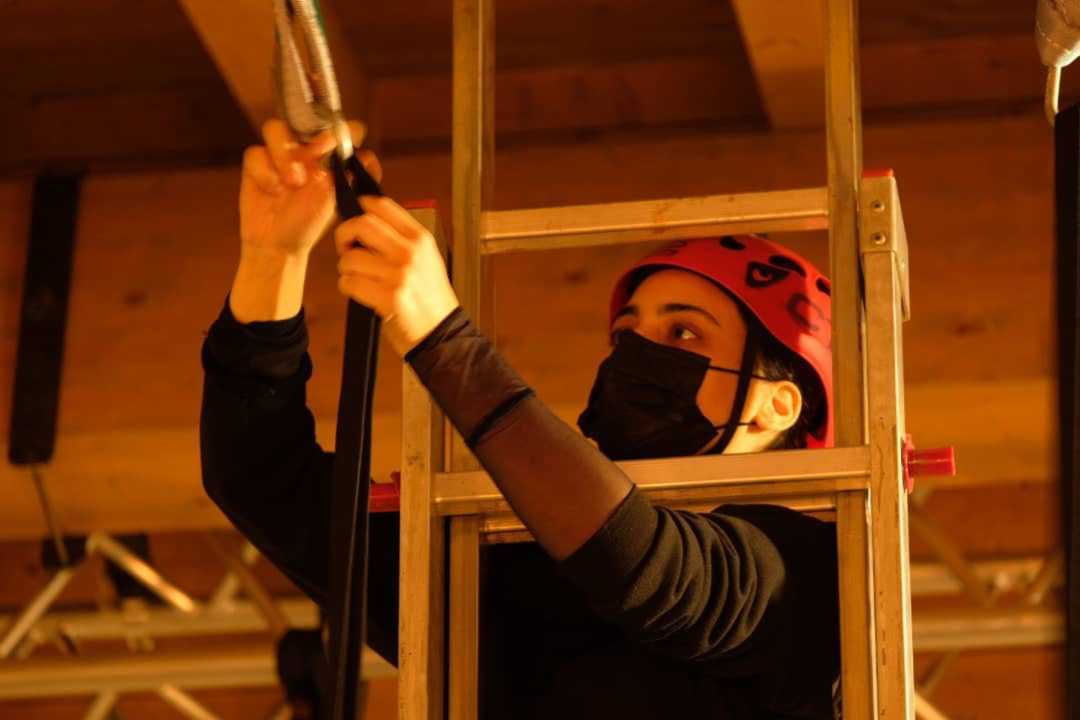BroadWeigh up In The Air at Spazzio Bizarro
- Details

Nicola Bruni, director of Spazio Bizzarro explains: “We knew we would need a reputable partner for this venture and selected Monkey Rigging to help us devise a rigging structure for our new indoor space, Il Delado. Working with Monkey Rigging’s Andrea Mammolenti, we came up with a solution that would give us a safe system for both the big top and Il Delado - the training spaces for this project.”
Andrea adds: “The challenge was to design a structure for the hangings in the Il Deladospace and verify the general safety of the hangers in the different spaces. It was also important that those using the system understood the importance of correct evaluation in the design phase of the hanging system through the demonstration of how much a performer of aerial disciplines can actually achieve in terms of a dynamic load.”
Andrea recommended the use of BroadWeigh 2.4 wireless load cells to carry out preliminary testing before using the new structure of Il Delado. The kit was also invaluable during a series of three safety events that Monkey Rigging conducted.
“We used 2.4 wireless load cells because, having to deal with ‘live’ loads, the higher reading speed compared to the Bluetooth model, guaranteed us a greater margin of precision and accuracy in monitoring the performance safety. The use of the load cells was fundamental to show the participants the impact they have on the apparatus they use and gave them an empirical demonstration on physics theories. The students then fully understood, not only the importance of safety in aerial disciplines, but good practice and how to recognise safe tools and safe rigging,” said Andrea.
Nicola adds: “The use of the load cell during an acrobatic trick on a static rope, demonstrates that calculations and evaluations made by riggers are not only their own exaggerated preventative measures. Knowing the exact readings, allows us to be as creative as possible and confident with the defined boundaries of the load cell readings.”
Seeing for the first time on the PC the value that the load cell detects following the performers’ evolutions, is confirmation that all the calculations that riggers make to evaluate the strength of their anchors are not the result of exaggerated precautions.
“I hope that the monitoring of dynamic loads in aerial performance will become more widespread amongst professionals specialised in this particular area of rigging in showbusiness so as to further increase the level of safety,” commented Andrea.
Nicola agrees: “The correct monitoring kit allows us to know the exact load that a specific apparatus can hold and consequently work, safe in the knowledge that we have taken every precaution. Once we can monitor it, we can experiment with different uses of the same apparatus, its rigging points and different loads (not just a single person). As circus artists we work with creativity, but we need to always pay attention to safety to know that we can allow our imaginations to fly away in the safest way. We would highly recommend BroadWeigh for its accurate monitoring.”
















